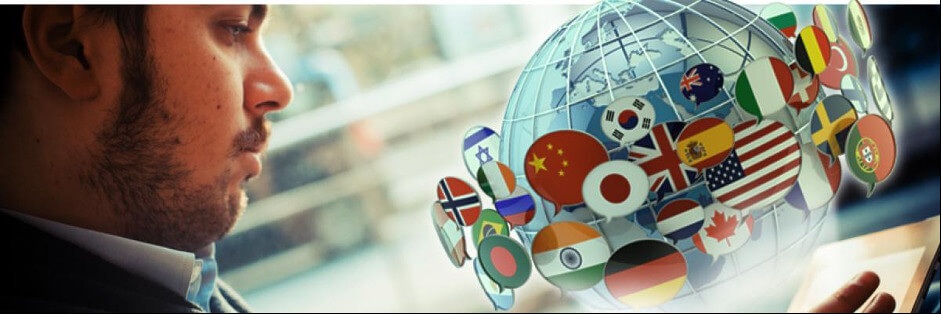Top Translation Tips

In today’s globalised business world, it is likely that you will need to translate your digital learning content to meet the requirements of your workforce. At Mintra we have a robust process in place for translating our solutions, which is a vital part of our global growth strategy.
Additionally, when one of your traditional marketplaces tightens its belt, the ability to efficiently translate your content allows you to easily move into new regional markets.
In this article we share some top tips that contribute to a successful translation project.
We’ve identified six key areas that should be addressed to prepare your course for translation for different global markets.
1. Is your content ready?
Ask yourself the following questions –
- Have all required updates been made to the course you wish to translate?
- Has the final course been approved?
- Is it in a completed state?
If you answered ‘yes’ to all of these questions, your course is translation ready.
2. What is your approach?
Create a direct copy of the course in which the voiceover and text is replaced with the translation
The project will be outsourced to a translation house to carry out the translation, voiceover, and implementation. This will result in multiple courses having to be maintained, meaning much of the media is duplicated and file size is increased.
Create the course ‘intelligently’
This allows for multiple translations to be created within the same course, as a result sharing media and core functionality. This requires considerable forward planning and it is vital to get the course structure and naming conventions established early on for the project to be successful.
3. Who will carry out the translation?
The translation will usually be handled by a third-party vendor specialising in translation and localisation.
Translation houses provide specialists covering all major languages, as well as access to a wide range of global voiceover talent and recording facilities. A comprehensive quality assurance process is also in place, ensuring multiple quality checks throughout.
A translator, artist and studio could be sourced independently but this would require a substantial amount of organisation and, unless you speak the required language, you will need a guarantee that the work will be to a certain quality standard.
There are also companies who can carry out the full process and implement the translation directly into a course. The courses just need to be packaged up and sent off, and they will be returned in a translated state.
Another option is to source someone within your organisation who is bilingual and ideally understands the subject matter to do the translation. However, translation is a skill that requires training and simply having the ability to speak two languages will not necessarily ensure a quality translation.
4. Is translation or localisation required?
In many cases translation of the course will not be enough – localisation may also be required.
Translation: the direct word-for-word conversion of a product from one language to another.
Localisation: the altering of a product to make it suitable for another market. This often includes translation as well as changes to content to make it suitable for the regional target audience. For instance, if your product contains region-specific content such as a driving course, some of this content will need to be revised.
5. How do you verify the quality of the translation?
There should be at least two review stages: firstly, the text translation should be confirmed before the voiceover is recorded; and secondly the translated course should be reviewed by a native speaker who understands the subject matter.
When working on an internal project, it is ideal if you can get an independent external reviewer. Education bodies are a good place to start in order to source native speakers with an understanding of the technical subject. For example, we worked with the Imam of a local mosque who was doing a PhD in computing science to review our courses for the Iraqi market and, as well as verifying the translation, he was also able to assist on correct screen layout and certain cultural differences which greatly informed the course.
6. What's your budget?
If budget is an issue, there are other options available, from carrying out a partial translation to subtitling. It is better to go for a limited option done well than a poorly executed full translation, or no translation at all.
Whether carrying out translation or full localisation of your learning, don’t make it an afterthought. At best, bad translation can be an irritation and at worst it can even be dangerous. Our experience with translation projects has enabled us to learn what works best for translation and localisation so that our clients can rest assured that their content, in whatever language, will always be in safe hands.
For more information on Mintra service offerings visit our Services page.
Insights & News
At Mintra, we're so much more than just a team—we're a force driving innovation and excellence in maritime training across Europe.
We’re excited to be taking the stage at one of Europe’s leading showcases of organisational learning.
We are delighted to share the exciting news that our People and Culture team has been shortlisted for the prestigious cHeRries Awards!